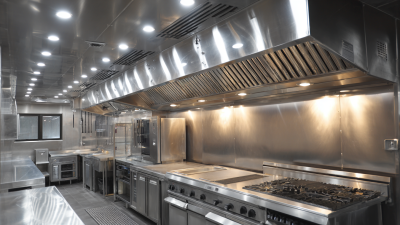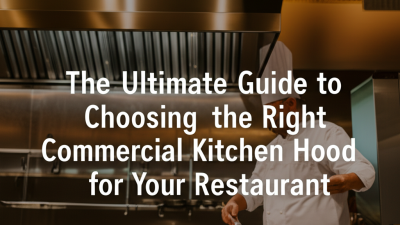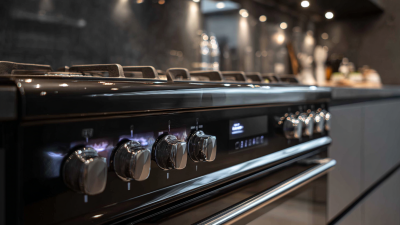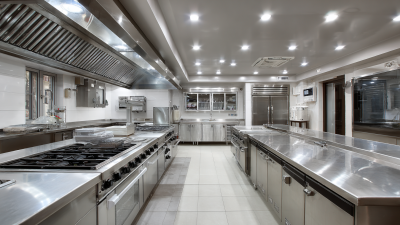Quality first, innovative service
Leave Your Message
-
Phone
-
E-mail
-
Whatsapp
-
Whatsapp

-
Wechat17786531544
-
Wechat

Quality first, innovative service


When it comes to designing a functional and aesthetically pleasing kitchen, one of the most vital components to consider is the range hood. As kitchen design expert, Sarah Johnson, aptly stated, “A well-chosen range hood not only enhances the cooking experience but also elevates the overall ambiance of the kitchen.” Selecting the perfect range hood can be a daunting task, given the myriad of options available in the market today. From varying styles and sizes to different functionalities and noise levels, making the right choice involves careful consideration.
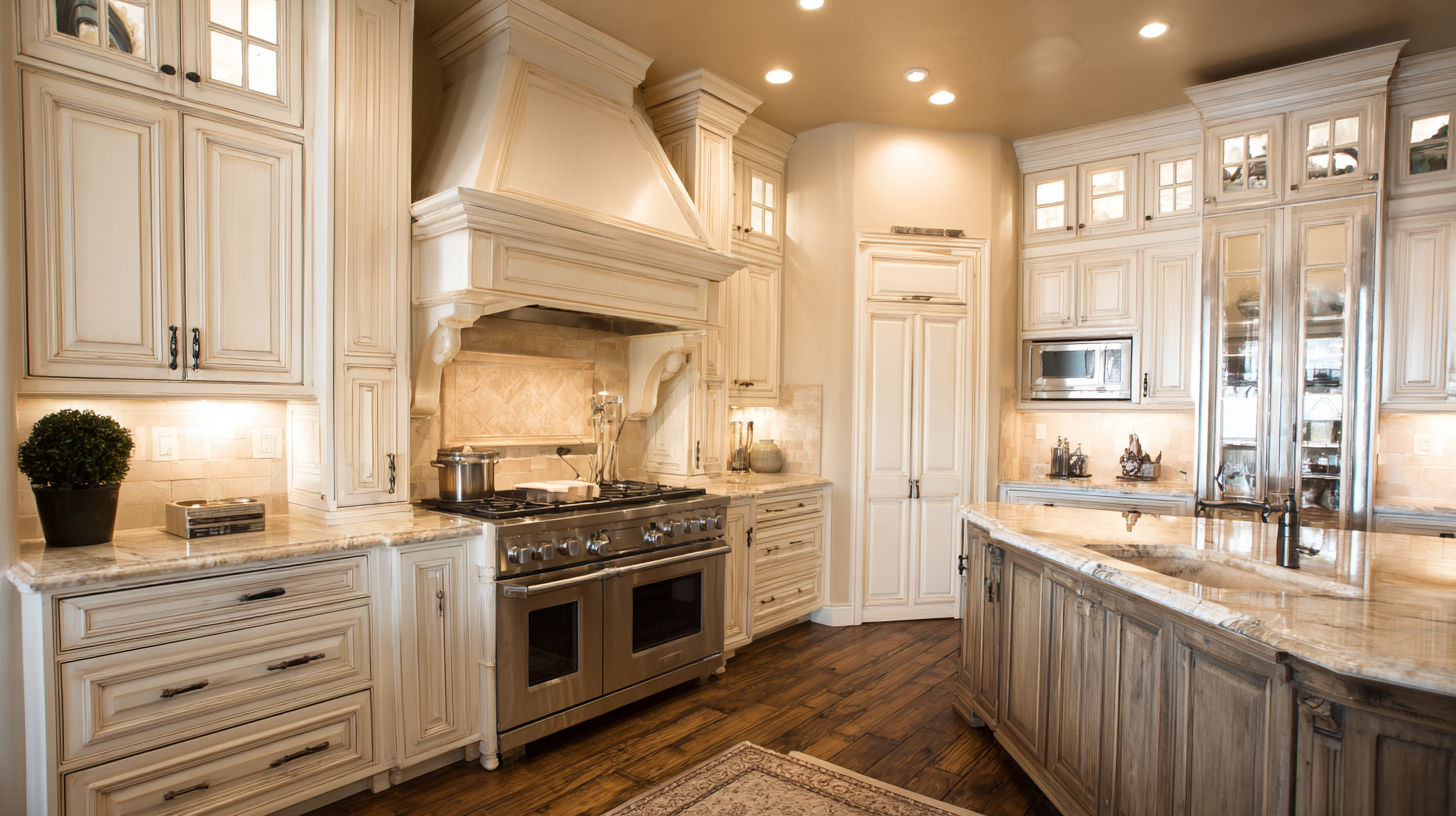
In this article, we will delve into ten essential tips that will guide you in choosing the ideal range hood for your culinary space. Whether you’re in the midst of a complete kitchen renovation or simply looking to upgrade an existing appliance, understanding the key aspects of range hoods will ensure that you find one that meets both your cooking needs and personal style. With the right range hood, you can effectively eliminate smoke, odors, and grease while creating an attractive focal point in your kitchen.
Join us as we explore the critical factors to bear in mind in your selection process.
When it comes to choosing the perfect range hood for your kitchen, understanding the different types available is crucial. Range hoods come in several styles, each designed to meet specific cooking needs and aesthetic preferences. Wall-mounted hoods, for instance, are installed directly on the wall above your stove, providing a sleek and modern look while efficiently capturing smoke and odors. Island range hoods, on the other hand, are suspended from the ceiling and are ideal for open kitchen layouts, offering a dramatic focal point as they ventilate cooking fumes.
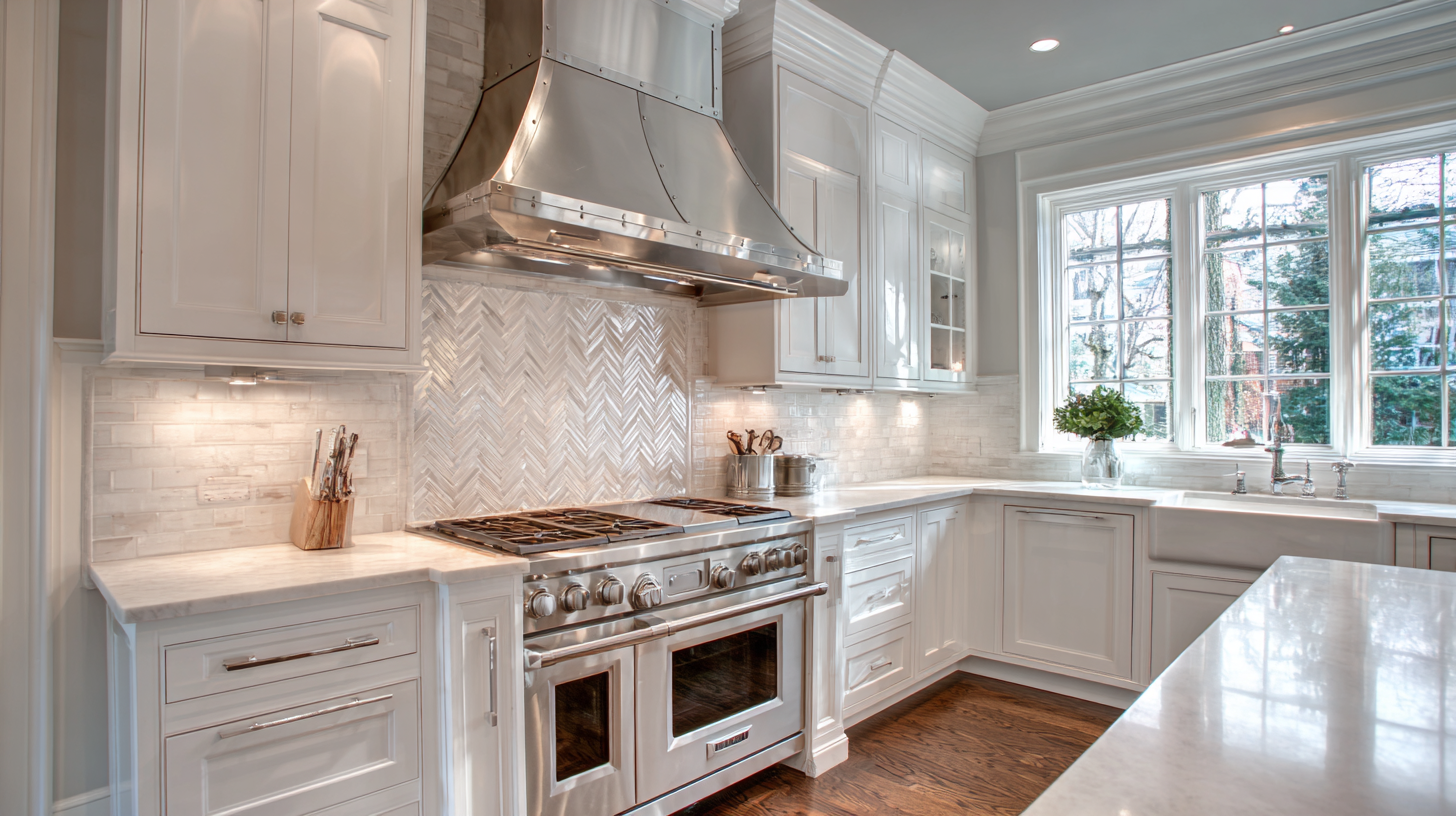
In addition to style, the features of range hoods vary significantly. Some models boast powerful motors that provide multiple ventilation speeds, ensuring that even the most stubborn smoke is eliminated. Others may include additional functionalities such as built-in lighting, dishwasher-safe filters, or even smart technology for enhanced control. The choice of material—whether stainless steel, copper, or painted finishes—also plays a role in durability and kitchen aesthetics. By understanding these different types and features, homeowners can make an informed decision that enhances both the functionality and style of their kitchen.
When selecting the ideal range hood for your kitchen, measuring your space accurately is crucial to ensure a perfect fit. According to a report by the Home Remodeling Association, improper sizing of kitchen ventilation can lead to ineffective smoke and odor removal, impacting air quality adversely.
To avoid such issues, begin by determining the width of your cooktop. The range hood should ideally be 3 to 6 inches wider than the cooktop itself to capture all cooking byproducts efficiently.
In addition to width, consider the height of the range hood. The recommended height for installation is typically between 24 to 36 inches above the cooktop, depending on the type of range hood and the design of your kitchen. A survey by the Kitchen Ventilation Institute revealed that many homeowners experience dissatisfaction with their kitchen ventilation, mainly due to poor installation heights that hinder performance.
Additionally, always measure the ceiling height to ensure that the range hood does not interfere with lighting or upper cabinets, which can create an obstruction. These steps are essential to maximize both functionality and aesthetics in your kitchen design.

When it comes to achieving an effective cooking environment, ventilation performance is a critical factor. A well-chosen range hood not only eliminates smoke, grease, and odors but also enhances overall cooking efficiency. Poorly ventilated kitchens can lead to a buildup of moisture and pollutants, negatively impacting air quality and health. Therefore, selecting the right range hood can significantly influence your kitchen's atmosphere.
Here are some essential tips: First, consider the size of your range and kitchen layout. A hood that is too small won't capture enough air, while one that's too large may overwhelm the space. Second, pay attention to the fan's CFM (Cubic Feet per Minute) rating. Higher CFM means better ventilation, which is crucial for high-heat cooking. Lastly, choose a model that balances noise level and performance; a quiet hood will make cooking more enjoyable without distracting you from your culinary activities. With these tips, you can enhance both your cooking experience and indoor air quality.
| Tip Number | Tip Description | Ventilation Type | Airflow Rate (CFM) | Noise Level (Sones) |
|---|---|---|---|---|
| 1 | Consider the size of your range hood | Ducted | 600 | 4.5 |
| 2 | Choose the right airflow rate for efficiency | Ductless | 300 | 3.0 |
| 3 | Consider the type of cooking you do | Ducted | 450 | 5.0 |
| 4 | Check installation requirements | Ducted | 700 | 3.5 |
| 5 | Select a suitable style for your kitchen | Wall-mounted | 500 | 4.0 |
| 6 | Look for energy-efficient models | Ductless | 350 | 2.5 |
| 7 | Prioritize easy-to-clean models | Under-cabinet | 600 | 4.2 |
| 8 | Consider additional features like lighting | Wall-mounted | 800 | 5.5 |
| 9 | Match the range hood with your kitchen decor | Ducted | 650 | 3.8 |
| 10 | Read reviews and ratings before purchasing | Ductless | 550 | 4.0 |
When selecting a range hood for your kitchen, aesthetic considerations play a crucial role in enhancing your space's overall appeal. Your choice should harmonize with existing décor and express your personal style. From modern stainless steel to traditional wood finishes, the range hood can be a focal point that complements your cabinetry, countertops, and appliances.
One essential tip is to match the finish of your range hood with other kitchen fixtures. For example, if you have brushed nickel hardware, a similar finish on your hood can create a cohesive look. Additionally, consider the hood's shape and design. A sleek, minimalist hood might work well in contemporary kitchens, while a more ornate hood could enhance a rustic or farmhouse-style kitchen.
Another important aspect is the size of the range hood. It should not only be proportional to your range but also fit the overall scale of your kitchen. A hood that is too small may look out of place, while one that is excessively large can dominate the space. Therefore, it’s vital to strike a balance and choose a hood that accentuates the kitchen’s character while remaining functional.
When budgeting for your range hood, it's crucial to consider both the initial purchase price and installation costs. According to the Home Improvement Research Institute, homeowners typically spend between $250 and $1,000 on a quality range hood, depending on the type and features. For instance, under-cabinet hoods tend to be more budget-friendly, while wall-mounted and island hoods can lead to higher expenses. Therefore, it’s wise to assess your functional needs and aesthetic preferences before making a decision.
In addition to the purchase price, installation is an essential component of budgeting. The average cost for professional installation can range from $150 to $500, influenced by factors such as hood type and the existing kitchen layout. Choosing a hood with straightforward installation requirements can significantly mitigate costs. Moreover, some DIY enthusiasts opt for self-installation to save money, but it’s crucial to ensure compliance with local building codes. Always factor in these costs to ensure your budget can accommodate both the range hood and its installation, creating a functional and stylish cooking environment.
